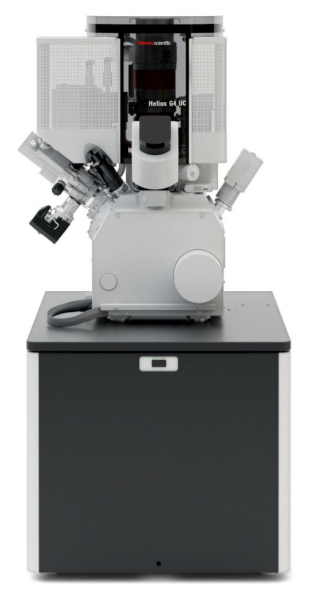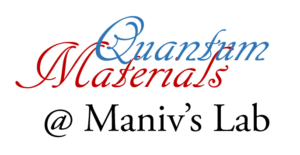The Measurements Lab
Dilution Refrigerator System
A 3He/4He dilution refrigerator is a cryogenic device that provides continuous cooling to temperatures as low as 2 mK, with no moving parts in the low-temperature region. The cooling power is provided by the heat of mixing of the helium-3 and helium-4 isotopes.
Bluefors LD400 system typically provides more than 15 μW at 20 mK on the experimental flange with only 18 liters of helium-3. In addition, it has a high cooling power of ∼ 0.5 mW when operated at 100 mK. Moreover, an Integrated, cryogen-free, superconducting three-axis vector magnet up to 9 Tesla is also installed on the system.
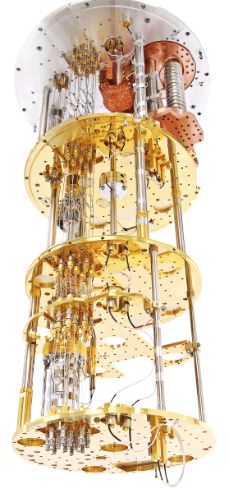
Quantum Design PPMS® DynaCool™
The popular Physical Property Measurement System (PPMS) from Quantum Design is now available in a truly cryogen free package. The PPMS DynaCool uses a single two stage Pulse Tube cooler to cool both the superconducting magnet and the temperature control system, providing a low vibration environment for sample measurements. It offers continuous low temperature control and precise field and temperature sweep modes.
The PPMS DynaCool also comes standard with an integrated cryopump, which makes it compatible with all available PPMS measurement options, or any other user-designed experiments, right out of the box!
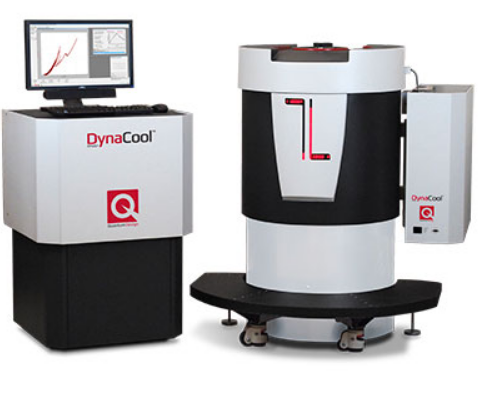
Horizontal Rotator
The Horizontal Rotator enables a transport sample to be rotated over a full 360°in the rpresence of an applied magnetic field. An automated indexing procedure and encoder ensures accurate angular positions and the on-board thermometer monitors the temperature in close proximity to the sample.
- Rotate a sample between -10° – 370° to change the orientation of the applied magnetic field relative to the installed sample.
- Motor available in Standard Resolution (0.0133°/step) and High Resolution (0.0011°/step) versions.

Vibrating Sample Magnetometer (VSM)
The VSM enables measurement of a sample’s magnetic moment as a function of temperature or magnetic field. Magnetic phase transitions and hysteretic behavior are quickly resolved with typical acquisition times for a single datum around 1 second.
|
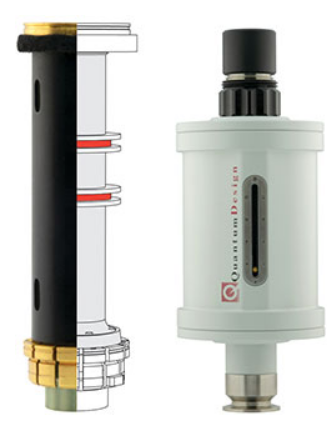
Heat Capacity
High-precision microcalorimetry experiments can be performed using the Heat Capacity option to measure a sample’s heat capacity as a function of temperature. Measurements in a static applied magnetic field are also possible using the automated field calibration function of the software.
- Typical addenda signal of 0.2 μJ/K at 2 K, where signal resolution is 2 nJ/K.
- Software automates the collection of addenda (background) signal and performs the necessary subtration for determining the sample’s heat capacity.
- Integrated data post-processing tools enable high-resolution sampling of sharp first-order transitions.
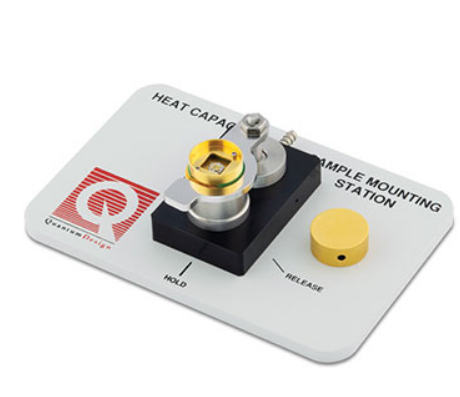
Helium-3 Refrigerator
A range of nearly four decades in temperature (350 K – 0.4 K) is accessible with the Helium-3 Refrigerator. Seamless integration means temperature control is just as simple as in the base PPMS, with all gas handling and manifold operations automatically controlled by the MultiVu software.
- Base temperature (0.4 K) is typically achieved in about 2 hours when cooling from room temperature.
- Closed cycle system ensures the valuable 3He gas is not lost in normal operation.
- Compatible measurement options include Heat Capacity, and Electrical Transport.
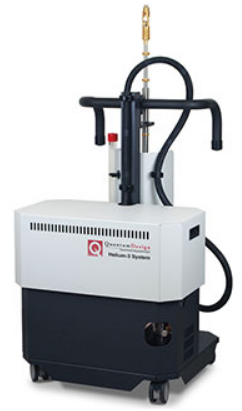
SQUID Magnetometer
Quantum Design’s MPMS3 represents the culmination of more than 30 years of development and design in the world of SQUID Magnetometry. Providing users with the sensitivity of a SQUID (Superconducting Quantum Interference Device) magnetometer and the choice of multiple measurement modes, the MPMS3 offers new levels of performance in magnetic research while including those aspects of past Quantum Design SQUID magnetometers that customers have grown to appreciate and depend on.
The MPMS3 incorporates major advances in data acquisition, temperature control and magnetic field control with ≤10-8 emu sensitivity. The award winning design of Quantum Design’s MPMS3 also provides expanded software functionality within its user-friendly MultiVu interface. Combining the highest level of system performance with the possibility of using all previously available MPMS measurement options, the Quantum Design MPMS3 truly represents the next generation of advanced SQUID magnetometry.
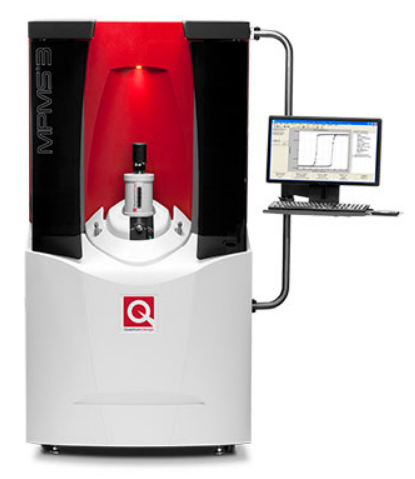
Horizontal Rotator
The Rotator enables the magnetometry as a function of angle, spanning a full 360°. A specially designed sample rod and stepper motor allow for automated integration into MultiVu. Three different rotor geometries allow for a variety of sample mounting possibilities to fully characterize anisotropic samples.
- Range: up to 360°.
- Step Size: 0.1° (typical)
- Compatible with traditional DC Scan, AC Susceptibility (<10 Hz), ULF.
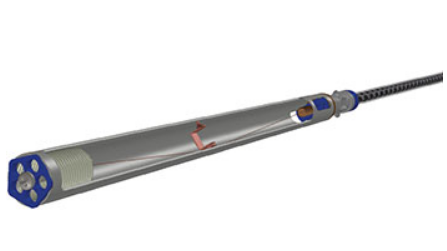
AC Susceptibility
The AC Susceptibility option allows the experimenter to measure the dynamic (real and imaginary) response of a wide variety of samples including, but not limimted to, superconductors, nanoparticles, and spin glasses.
- AC Frequency Range: 0.1-1000 Hz.
- AC Field Amplitude: 0.1-10 Oe.
- Can be used in conjunction with any sample holder.
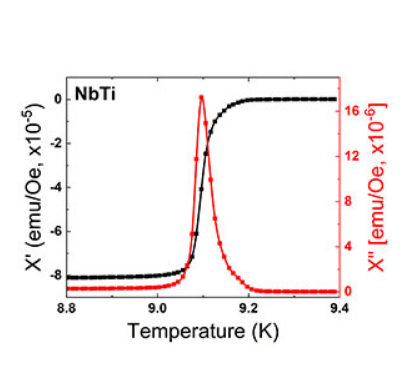
Synthesis Lab
MTI-1200X-II-UL is a split two-zone tube furnace which can achieve faster heating up to 1200°C and create a different thermal gradient by setting the different temperatures of each zone. The furnace includes two 30 segments of programmable temperature controllers and a microprocessor-based self-tuning PID controller which provides excellent control without overshooting the set temperature. It is a perfect tool for CVD applications such as preparing nanomaterials and film.

MTI-1200X-III-S-NT is a split-able three-zone tube furnace. Three 30 segments temperature controllers are installed with three K-type thremocouples. Microprocessor-based self-tuning PID provides excellent control with no overshooting and +/- 1°C accuracy. It is an excellent furnace for sample annealing, diffusion, and sintering in various gases atmosphere up to 1200°C.
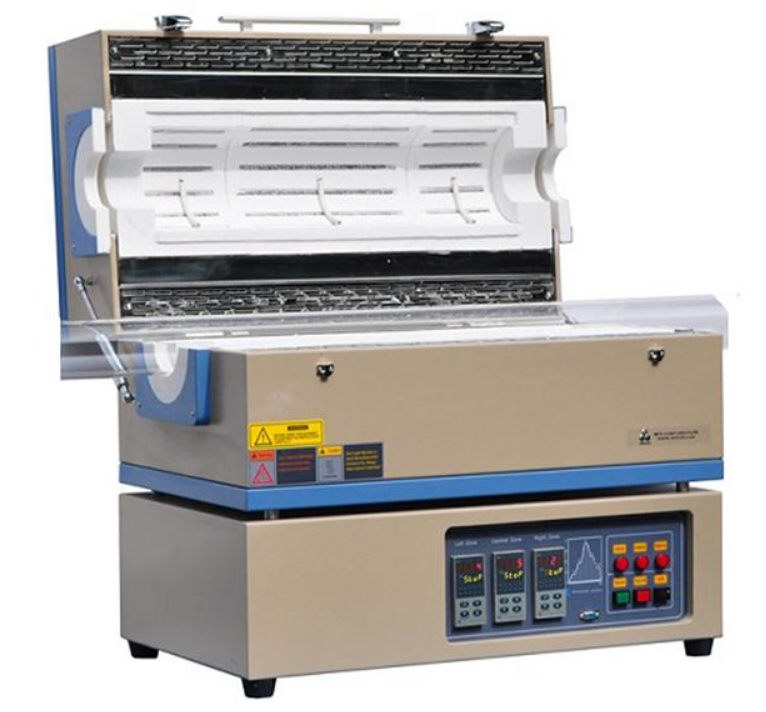
MRF SA-200 Arc Melting Furnace
- Operating temperature: over 3500 Deg. C.
- Bottom loading configuration.
- 360° viewing through Pyrex glass between top and bottom brass base.
- Vacuum chamber construction.
- Copper stinger with tungsten electrode.
- Copper hearth plate 2.0″ dia. (51mm dia.) usable.
- Power Supply: 300 Amp @ 60% DS, 15Kva.
- Water-cooled power cables.
- Inert gas system with relief valve.
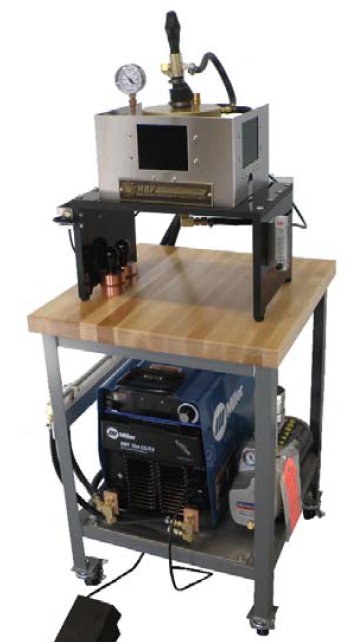
The L9/14 Nabertherm box furnaces stand out for their excellent workmanship, advanced and attractive design, and high level of reliability. Heating elements on support tubes radiating freely into the furnace chamber provide for particularly short heating times and a maximum temperature of 1400°C.
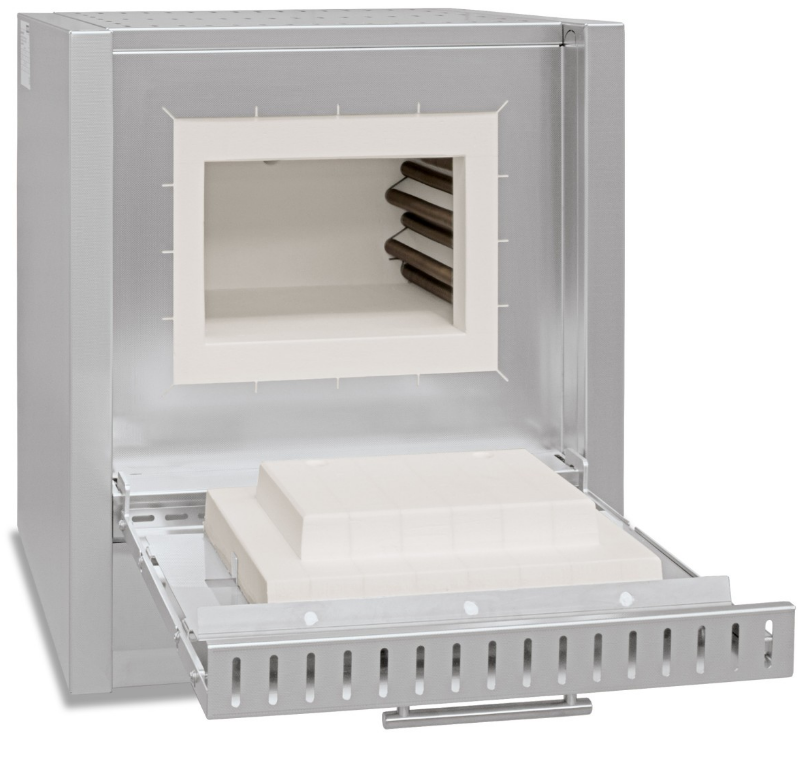
Nano-fabrication Lab
Electron Beam Lithography
The Raith e-LiNE is an electron beam lithography tool with a 100 mm by 100 mm travel range. It uses thermal field emission filament technology and a laser-interferometer controlled stage. The column voltage varies from 100 V to 30 kV and the laser stage moves with a precision of 2 nm.
There are six apertures on the system: 7.5, 10, 20, 30, 60, and 120 um. The electron beam current is controlled by selecting the appropriate aperture. The system is equipped with a load lock, an automatic height laser sensor, an Inlens detector and a SE2 detector, with a unique fixed beam moving stage (FBMS/MBMs) capability.
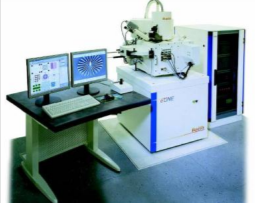
Focused Ion Beam Machining
The Helios G4 UC is a fully digital, Extreme High Resolution (XHR) Field Emission Scanning Electron Microscope (FE SEM) equipper with Focused Ion Beam (FIB) technology. It allows for the fast characterization of nanometer details and analysis in 2D and 3D, best in class sample preparation and flexible nanoprototyping. In combination with the most comprehensive software and application expertise, it allows for the fastest preparation of HR-S/TEM samples for a wide range of materials. The Dual Beam FIB system employs a focused ion beam for site-specific material removal, with an electron beam then providing non-destructive imaging of the exposed sub surface features. Applications are in both life science and materials science, and include preparation of TEM samples, serial sectioning of tissue for structural studies and 3D tomography of nanostructures and nano-devices.
